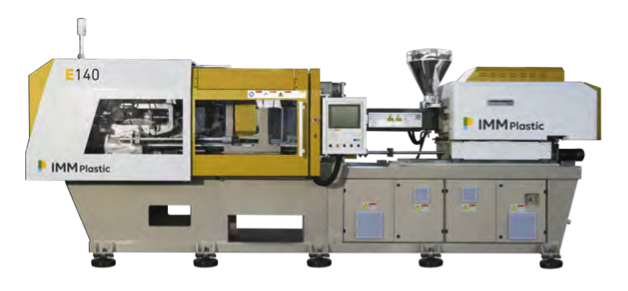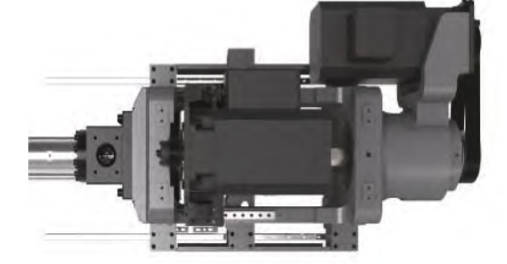Electric plastic injection machines have been on the market for years and have gradually improved over time; now sold at lower prices and in an expanded range of sizes and tonnages, they are used more often by plastic parts manufacturers worldwide than hydraulic machines. At SPG we are experts in manufacturing the E-Series, high-quality and reliable 100% electric machines for the plastics market.

SPG recommends the use of this type of plastic injection machine for a host of reasons, and there are many fields of application in which the advantages over hydraulic or hybrid machines are more significant.
Let’s start with the advantages that we can find when purchasing a 100% electric E-Series
Accuracy and repeatability
Using these electric servomotors gives us complete control over injection, pressure, closing, speeds, etc. This prevents the typical fluctuations found with hydraulic machines, which can generate drops or spikes that result in a less-stable process.
To this end, a clear difference between electric and hydraulic plastic injection machines is that hydraulic oil causes significant variations throughout production due, as is logical, to changes in the oil itself. Oil fluidity fluctuates from warmer to colder months, providing anywhere from 100 to 10,000 hours of use in terms of viscosity and quality when it circulates through the plastic injection machine. Another reason is that hydraulic machines do not have 100% control of the position of their elements, which are controlled by pump pressure, while electric injection machines have servos which, depending on which one is active, control every movement and position, thereby ensuring that all functions can be repeated.
High operating speed
The current popularity of electric cars and their comparison with supercars that run on gas is a perfect example of why electric machines are faster than hydraulic ones.
An electric motor can deliver the maximum torque practically instantaneously, delivering high power from the start without acceleration phases. This immediate power and instantaneous speed reduces cycles and times.

Cycles are also reduced because electric injection machines have more than one servomotor that works independently, working at different injection phases at once and providing parallel task performance, avoiding the wait that comes when one task has to be finished before moving on to the next.
How can we harness this speed? To reduce cycles we can start injection while opening the mold, or load the spindle while opening and removing the piece. These seconds of time saved add up and make a massive difference when it comes to production times.
No oil and less maintenance required
From our perspective, this is an advantage that involves several factors.
One is reduced maintenance and oil costs for the plastic injection machine. Logically, a machine that works with electric servos has no oil to change, which reduces maintenance times and tasks, as well as saving on the cost of oil. After much experience with hydraulic machines, our maintenance department knows how much time and money is saved by going electric.
Another equally important reason is that with electric machines the risk of contamination through oil spills, leaks, overflows, drips, etc., is completely removed for a much cleaner, presentable and environmentally friendly machine that benefits all.
Lower energy consumption
As mentioned, one of the advantages of reducing maintenance costs is increased efficiency (more hours of work at less cost).
Another reason why electric machines consume less energy is because they have several servomotors, one for each machine function, which are off most of the time, only working when required. With hydraulic machines, the pump is always on and working, while also generating the pressure required to perform the necessary steps for the injection; these machines need to keep pumping and maintain the optimum working temperature, even when the machine is idle (when cooling the piece, when the robot is working, etc.).
The electric plastic injection machine’s lower consumption, reduced maintenance and greater speed cycle, as compared to hybrid and hydraulic machines, means significant cost savings. Not only that, but an often forgotten benefit is that electric machines are much quieter, which benefits workers and generates an image of an even more innovative company.
In short, the 100% electric E-series features a series of advantages that can benefit processes that require high production speed, like the cosmetics industry and the mass packaging of pieces like IML and IMD, as well as processes that require enhanced precision and cleanliness, like parts for cars, optics and the health care industry.

